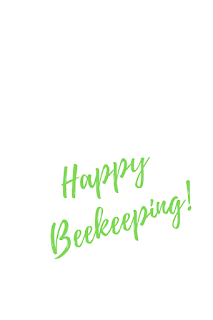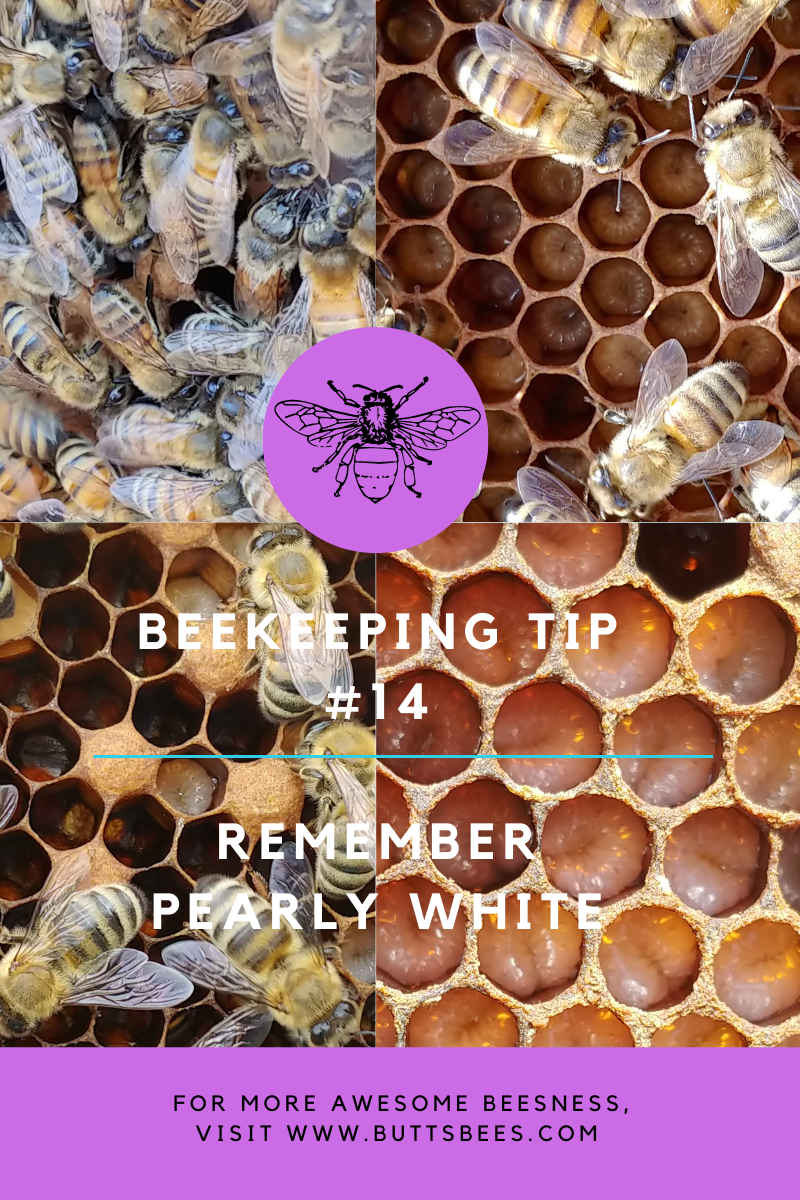☯ Beekeeping Tip # 14
Beekeeping Tip #14
Hive Inspections
When making your inspections you are looking for a number of indicators to tell you about your hive. You want to see eggs to tell you the hive is queen right. The population should be consistent with the time of year. The types of bees should mainly be the workers.
All these things indicate a growing (or dying) hive. But you should also be looking at the health of your hive. Hives can get sick and there are a number of symptoms to be aware of. This tip is not to go over all the diseases that may affect the hive! Rather, I want to give you one good indicator to look for that the hive is in overall good health.
 |
| Inspecting a colony |
Hive Health
The main driver of the hive aside from the queen is the brood. A hive should have eggs, open larvae and capped brood. I raise hygienic queens so looking at a frame of capped brood for pattern is no longer a good indicator. We need to pull frames of open larvae to assess good brood pattern. This is because hygienic queens will produce capped brood frames that may look "shotgun" in pattern. An open brood frame will show the true state of pattern before hygienics kick in.
Once you have the frame of open brood out this is where you can assess overall health. The open larvae should appear to be pearly white.
Bee Diseases
Most bee diseases such as AFB, EFB, chalkbrood, sacbrood etc. begin with sick larvae. Color changes from tans and yellows to black indicate sick hives. The larvae may look collapsed, gooey or dried. There is even a sickness caused by a poisonous nectar that turns the brood blue(ish)!
 |
| Healthy larvae |
Pearly White
So if you want to remember one thing over everything about bee diseases it should be these two words;
PEARLY WHITE
If your larvae is any other color then you may have the beginnings of a problem. Noticing it soon enough gives you a chance to turn things around.




Comments
Post a Comment
We love hearing from you!
Express yourself clearly and use sources when possible.